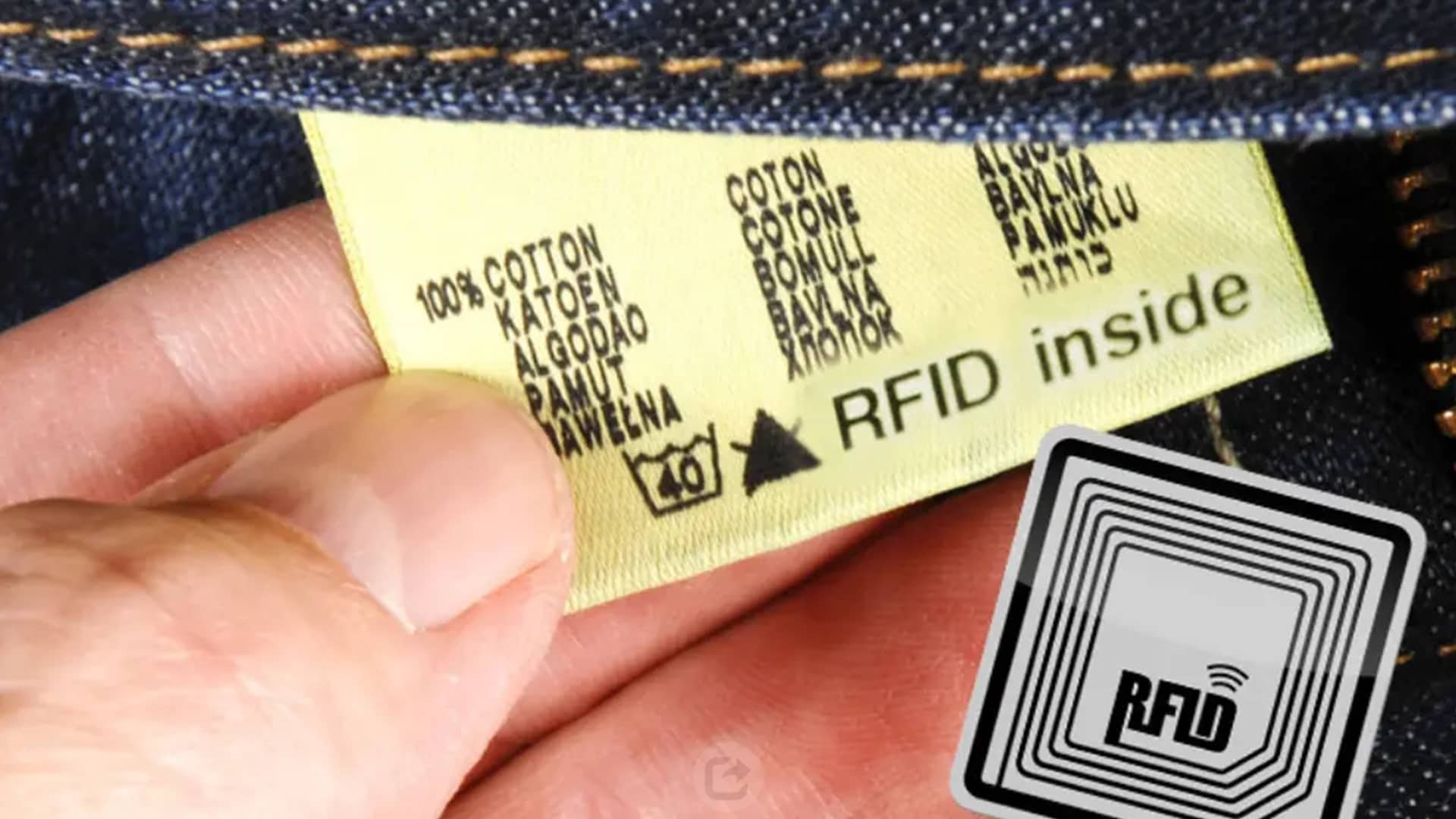 Call at :
+86 18681515767
Call at :
+86 18681515767
 Email :
marketing@jtspeedwork.com
Email :
marketing@jtspeedwork.com
 Call at :
+86 18681515767
Call at :
+86 18681515767
 Email :
marketing@jtspeedwork.com
Email :
marketing@jtspeedwork.com
Revolutionizing Fashion: How RFID Transforms Inventory Management and Personalization

As the fashion and retail industries undergo digital transformation, businesses are increasingly prioritizing supply chain transparency, precise inventory management, and enhanced personalized services. Radio Frequency Identification (RFID) technology has emerged as a core tool enabling these changes, helping brands respond to rapidly evolving market demands. From inventory optimization to personalized services, RFID demonstrates unparalleled value.
An RFID system mainly consists of two components: RFID tags and RFID readers.
RFID Tags:
RFID Readers:
The process works as follows:
Inventory management is a critical component of the fashion industry, directly impacting supply chain efficiency and customer satisfaction. RFID significantly enhances accuracy and efficiency in this domain.
Real-Time Inventory Monitoring:
Efficient Restocking and Allocation:
Minimized Human Errors:
Transparent Supply Chain:
Case Study: An international fashion brand implemented RFID systems in its warehouses and stores, reducing inventory audit times from 48 hours to 2 hours and achieving over 98% inventory accuracy.
Beyond inventory optimization, RFID enhances customer experiences, providing innovative personalized services for brands.
Smart Fitting Room Experiences:
Faster Checkout Services:
Precision Marketing:
Anti-Counterfeiting and Traceability:
Case Study: A luxury brand used RFID tags to share product stories (e.g., craftsmanship and design inspiration) with customers, enhancing brand value and loyalty.
With advancements in artificial intelligence (AI), the Internet of Things (IoT), and big data, RFID’s potential in the fashion industry will continue to grow.
AI-Powered Smart Management:
Omnichannel Retail Integration:
Support for Circular Fashion:
RFID technology is becoming a key driver of digital transformation in the fashion industry. Its seamless collaboration between readers and tags unlocks immense possibilities for inventory optimization and personalized services. By improving operational efficiency and enhancing customer experiences, brands can gain a competitive edge while steering the industry toward smarter and more sustainable practices. Moving forward, RFID will continue to evolve alongside emerging technologies, injecting new vitality into innovation in the fashion sector.
Copyright © 2025 Shenzhen Jietong Technology Co.,Ltd. All Rights Reserved.

IPv6 network supported